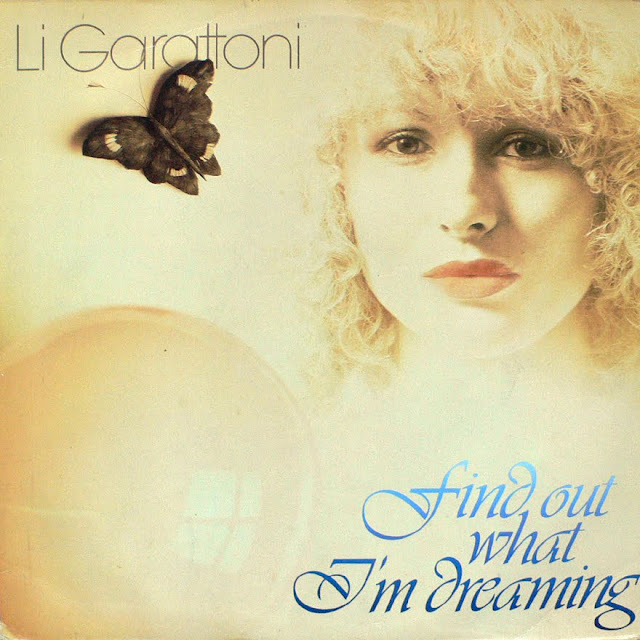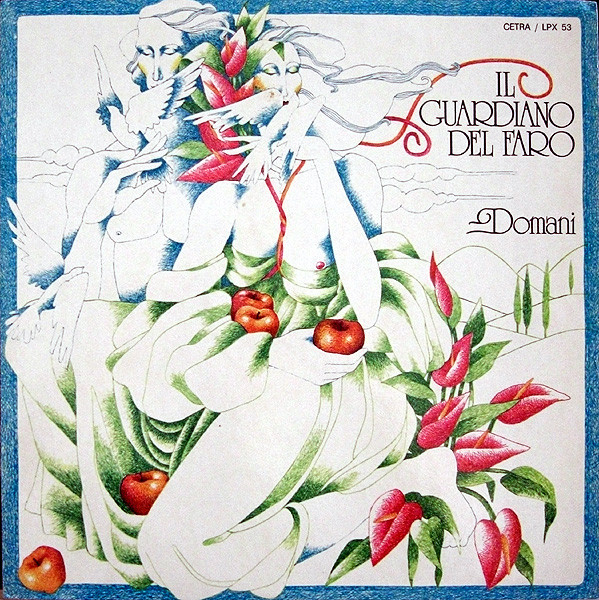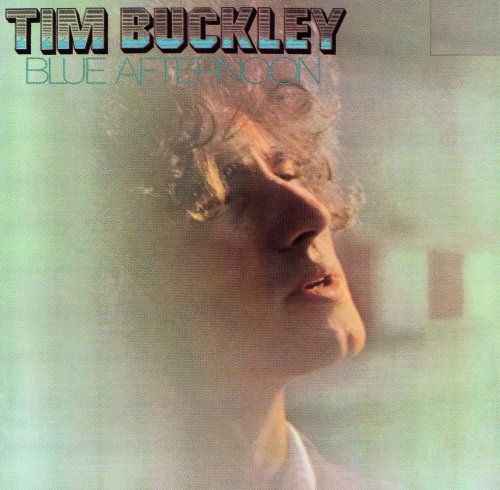
I’ve been dragging my feet on this one for two years, both because it’s very dear to me and because I have no idea how to talk about it. There’s also very little information available about it anywhere, but from what I can cobble together, this is the only release from Jutta Li Garattoni. She produced Find Out What I’m Dreaming herself, and it features her husband Jean-Pierre Garattoni on drums alongside a slew of other musicians. As none of the listed credits suggest otherwise, I assume both piano and vocals are Garattoni. She passed away in 2004. She was a Taurus. That’s about all I know.
The range on this thing is remarkable. It opens with “Dornröschen,” a flanged-out synth lament featuring whispery, Blonde Redhead-esque vocals and a whole lot of doom. We then move through a piano jazz-rock ballad (“Lonely”), sing-songy pastoral (“Find Out What I’m Dreaming”), dusty electronic soul (“Friends,” which would have been perfectly at home on the Personal Space compilation), and some loungey art pop in between, before closing with a short reprise of “Dornröschen.” Garattoni’s vocals are similarly diverse, ranging from girlish naïveté to full-blown belting. Unabashed, capricious, sweet, a little unhinged. Even writing it out now, it doesn’t sound like much–there’s something quietly brilliant going on here that’s hard to identify. The only thing I can think to compare this to is Kate Bush. Has Kate Bush heard this? I see all y’all UK readers on our traffic stats; can someone please ask her?
Four of these tracks appear on a compilation called Relax Your Soul which has some very good album art and can be purchased on Amazon (linked below)–other than that, this is long out of print and fetching triple digit prices on the rare occasion that it surfaces on Discogs. Enjoy!
buy four tracks / (download removed)







